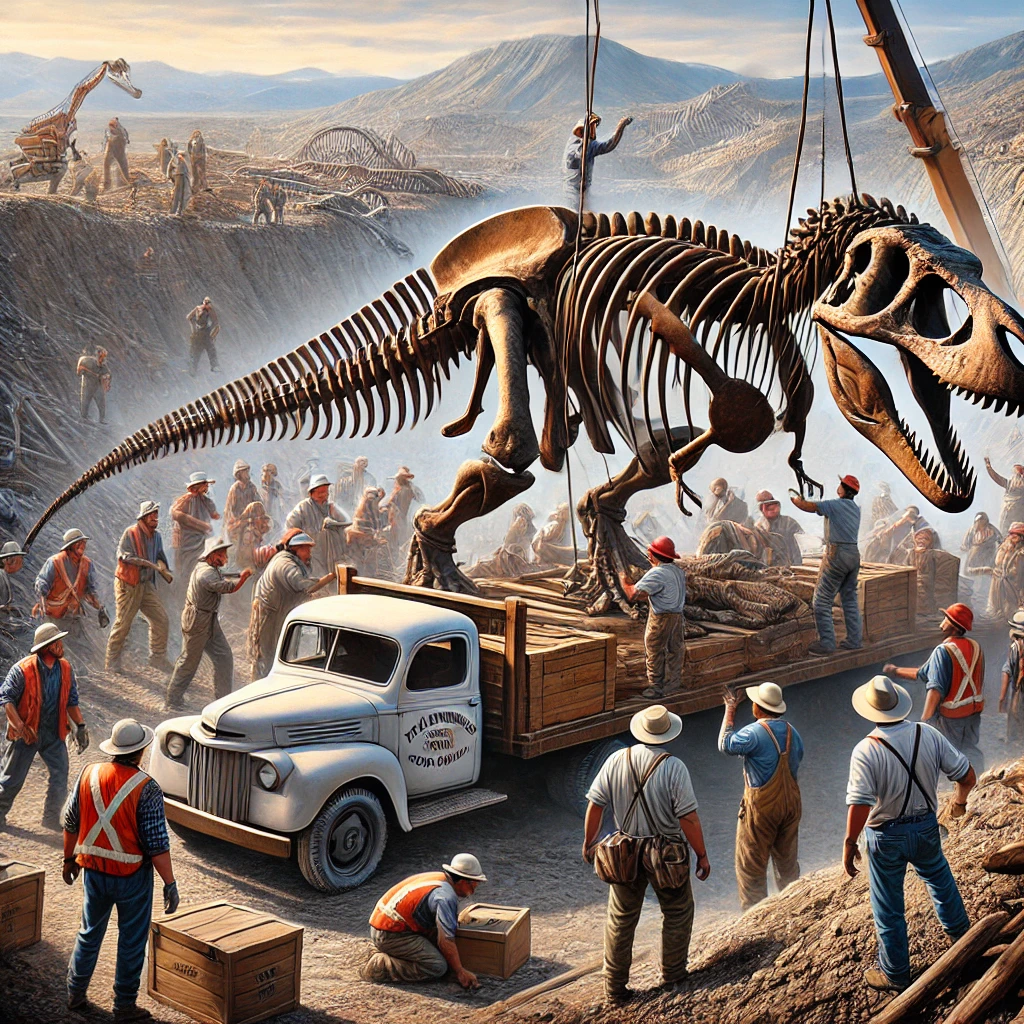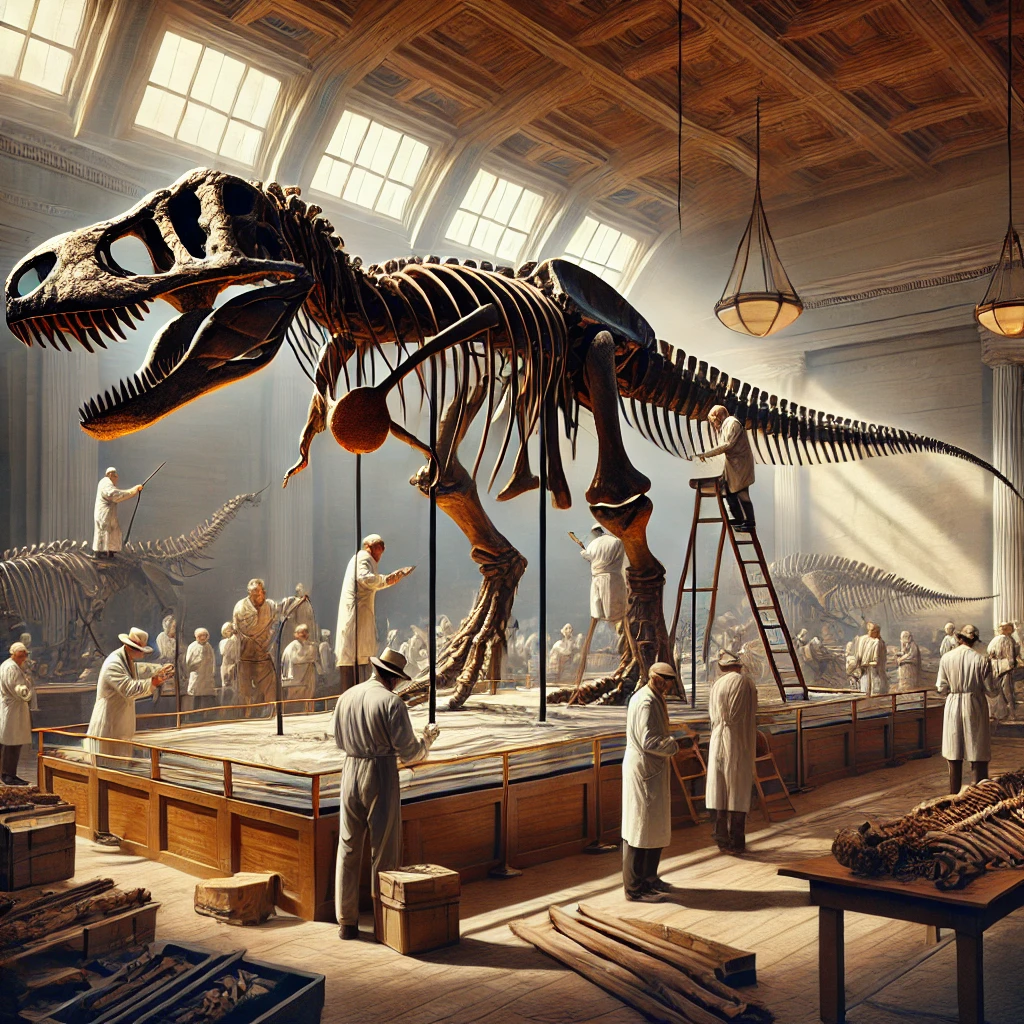On August 12, 1990, the skeleton of a Tyrannosaurus rex, famously known as “Sue,” was discovered in South Dakota’s Hell Creek Formation. This significant paleontological find was made by fossil hunter Sue Hendrickson, whose discovery marked a pivotal moment in the study of dinosaurs. The fossil was named “Sue” in her honor, and it would go on to become one of the most complete and best-preserved T. rex skeletons ever found.
The discovery of Sue provided invaluable insights into the anatomy and lifestyle of one of history’s most fearsome predators. The nearly 90% complete skeleton offered scientists unprecedented access to studying T. rex, including its bone structure, growth patterns, and potential behaviors. The meticulous excavation and preparation of the skeleton were critical in ensuring the preservation of this monumental find.

The Significance of Sue’s Discovery
Sue’s discovery was groundbreaking not only for its completeness but also for the scientific information it provided. The skeleton revealed new details about the physical characteristics of the T. rex, including evidence of injuries that suggested the dinosaur may have engaged in combat or experienced significant trauma during its lifetime. This information has contributed to a deeper understanding of the life and environment of this prehistoric giant.
The find also sparked considerable excitement and interest in paleontology, leading to increased public and scientific engagement with dinosaur research. Sue became a symbol of paleontological discovery and a testament to the ongoing efforts to unravel the mysteries of Earth’s ancient past.

The Legacy and Impact of Sue
Sue’s skeleton was eventually acquired by the Field Museum of Natural History in Chicago, where it is now one of the museum’s star exhibits. The display of Sue allows visitors to explore the world of dinosaurs and provides educational opportunities to learn about prehistoric life. The T. rex exhibit has become one of the museum’s most popular attractions, drawing millions of visitors and inspiring a new generation of paleontologists and dinosaur enthusiasts.
The discovery of Sue also underscored the importance of preserving and studying fossil remains. It highlighted the ongoing efforts in the field of paleontology to uncover and protect important specimens, ensuring that future generations can continue to learn from these remarkable discoveries. Sue’s legacy lives on through the research it has inspired and the public interest it has generated in the study of dinosaurs and Earth’s ancient history.

The discovery of Sue, the Tyrannosaurus rex skeleton, on August 12, 1990, was a landmark event in the field of paleontology. This remarkable find has provided critical insights into the life of one of the most iconic dinosaurs and has had a lasting impact on both scientific research and public interest in paleontology. Sue’s presence at the Field Museum continues to inspire and educate, ensuring that this extraordinary discovery remains a significant part of our understanding of prehistoric life.
